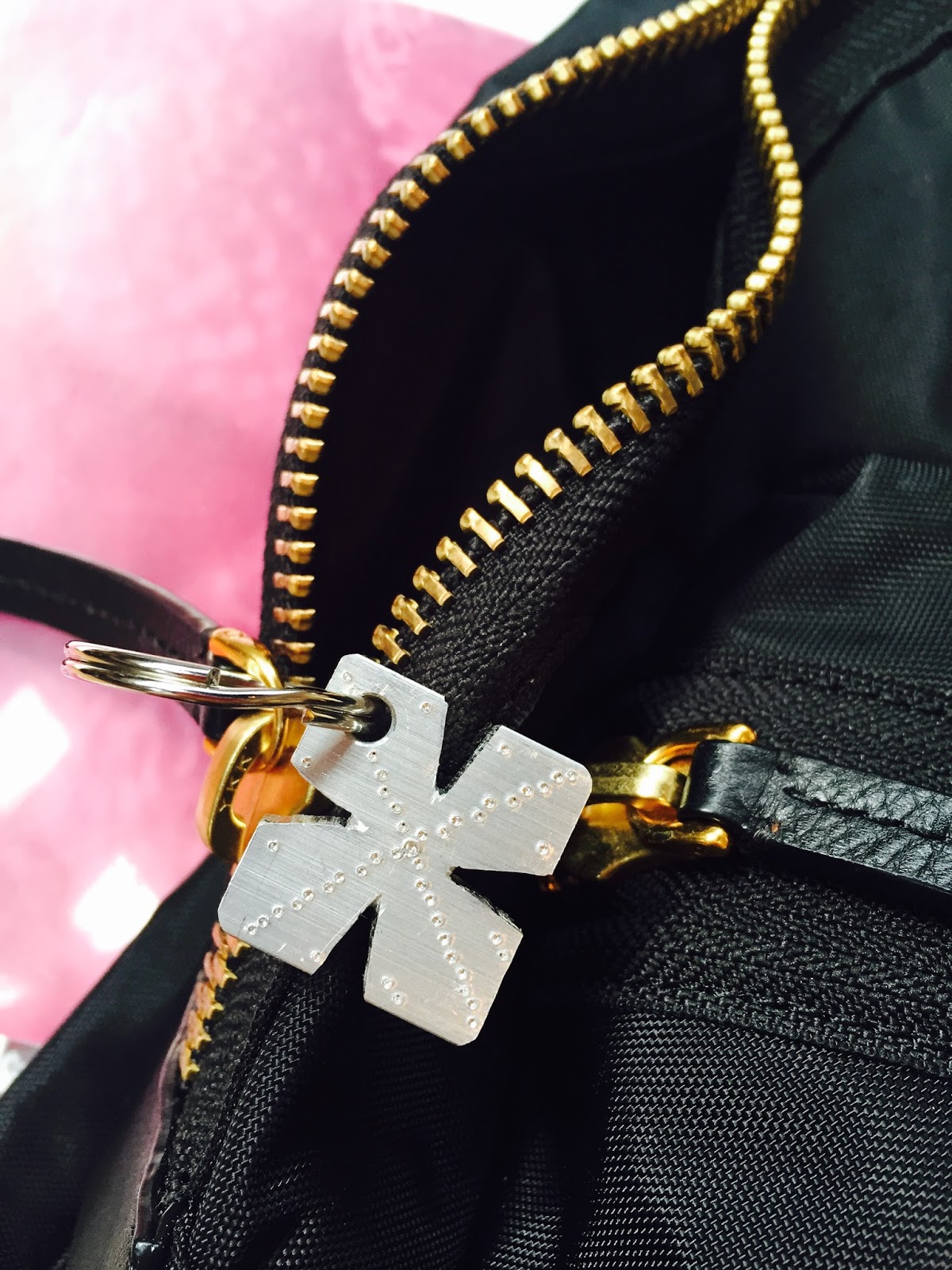Grip Aid
Caitlin, Annie, and I did some brainstorming and research into a grip aid for adaptive feathering. Here's what we came up with:
Key Brainstorming Ideas
- Sticky things (attaching fingers to grip)
- Oar modifications (finger holes, ridges, etc.)
- Tying (string to wrap fingers to grip etc.)
- Gloves (may include other categories)
Brainstormed Topic Themes
See mind map: circled purple ideas are most promising research directions. These are:
- Other sports modifications. Since adaptive rowing is relatively new, could look into similar “grip” sports like skiing, golf, tennis, weightlifting, etc.
- Medical braces/equipment.
- What do children use to prevent harm but stay active?
- How do we ensure quick release for safety? How do we prevent our device from harming the hand/body?
- What kinds of material would best allow for flexibility? What types of attachments are possible?
- Sports regulations
Google Research with Links
Below are some interesting companies whose products may inspire a project. Each company’s product has different aspects that could be included/further explored:
- Active Hands: http://www.activehands.com/products/products-for-professionals/activity-centres/
- Designed for sports (including rowing) but not ideal because of safety issues, not flexible in the wrist
- Versa Grips: http://versagripps.com/how-to-use
- Designed for weightlifting/gym workouts
- Designed to minimize wrist stress
- Least flexible for wrists
- Gripeeze: http://gripeeze.com/gripeeze-fingerless-sport-glove
- Some are designed for everyday life, more versatile
Other Thoughts
- Wrist mobility very important
- Skiing are a very good opportunity to build on (as well as other existing adaptive sports equipment)
- What do rowing grip aids already look like?
- What regulations are already in place?



































1 comments: